Preamble: after working a couple of years as application developer, the world of the software engineering became more obscure than it was before. The reason is that the real stuff is hidden under zillions layers of abstractions: OS, frameworks, etc. The young generation is deprived of the pleasure of working with PDP-like machines where all programming was done via electrical switch toggling. Another problem is the ephemeral nature of modern programming languages. Once there was Python 2.x, now it is deprecated and there is Python 3.x which in its turn will be deprecated in a couple of months. Idem for other languages. ANSI C looks like the Pyramid of Cheops: it was there in 70's and I don't doubt it will be there after the Sun will become a red dwarf.
It seems that now the only way to understand the interaction between the hardware and the software is to play with embedded development. From the pedagogical point of view physical chips are very handy because they allow to tackle the most difficult part of C language, namely pointers. When coding in OS environment, */& notation is still very confusing because it refers to some location somewhere inside of the virtual memory. And before you will got the understanding of what is the virtual memory, you have to read a couple of monographs about OS development, etc. You may find it stupid but I do really want to know which transistor is holding my bit right now. At least, I can wire physical pin voltage to programming abstractions.
Currently I am working with Atmel chips and WinAVR package because of numerous textbooks and accessible hardware. Though all books promise to teach AVR coding using plain C, the reality is that all pointers are hidden behind macros like PORTA, DDRB, etc. All code examples include header file 'io.h' which in its turn refers to other header files specific for a given chip like 'iomx8.h'. So far, I cannot find any macros definition in these headers. The code to increase the voltage on the physical pin 14 on Atmega168 looks like
DDRB = 0x01;
PORTB = 0x01;
Fortunately, Microchip site provides some basic documents where it is stated, for example, that if I want to rise the voltage on the physical pin 14, I need to follow these steps:
unsigned char *ddrB;
ddrB = (unsigned char*)0x24; // the address of ddrB is 0x24
*ddrB |= 0x01; // set up low impedance/ high current state for the transistor 0
unsigned char *portB;
portB = (unsigned char*)0x25;
*portB |= 0x01; // voltage on
*portB &= ~(0x01); // voltage off
Unfortunately, this is the only info I got after one week of the lurking. Now I am going through USART programming and the things become more complicated with all these UBRR0H, UCSR0C. Since provided header files don't contain macros definitions for any register, where else can I find it?
A similar question was asked several years ago: accessing AVR registers with C?. However, provided answers were somewhat useless, besides the clue that GCC itself can map some mythical PORTB to real physical locations. Could someone describe the mechanism behind the mapping?
